Cultural appropriation. It’s everywhere, and we’ve finally started to notice it in food’s sphere of influence.
I’m a first generation (a child of two immigrants, for those who don’t know what that means). I was exposed to a lot of different foods growing up, and I rarely ate what is perceived as stereotypical American food. I always ate foods that were shamed along the lines of being smelly and gross. I remember the food in my lunchbox was something to be ashamed of — until it became trendy.
Here’s the thing: my heritage is not the hottest new trend in food. The flavors I grew up with and the ingredients that don’t have names in English are removed when these foods get picked up and put on Instagram. It’s not my food anymore. It’s processed and Americanized.
The food that’s been popularized is from the cultures that make up our various identities. Food is an important part of any culture, both rich with historical and, for those who have grown up within a certain cultural background, with familial associations. The trends take away how those foods tie into our cultures.
There are a lot of cultural foods that have been appropriated by trends and changed in popular culture from what they originally were. Sometimes it’s an improvement, but more often than not, people from these cultures will find that the food feels like it’s been ruined. Here are some of those foods.
1. Sushi
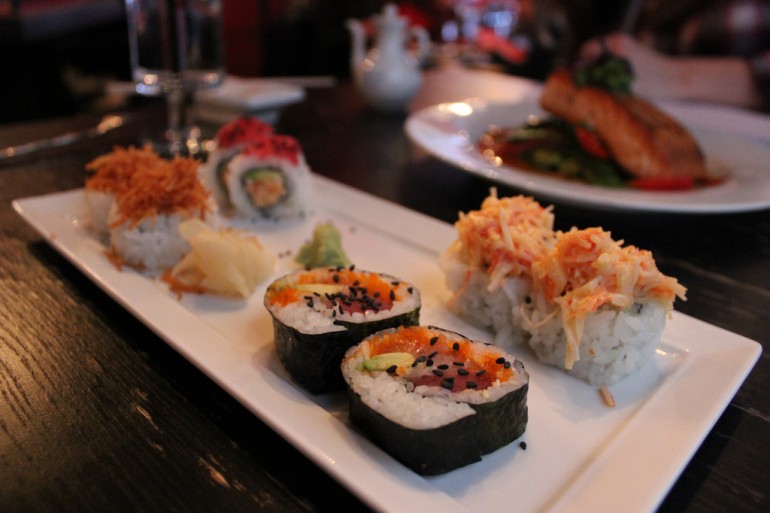
Photo by Annie Eng
Let me make this clear: your California and other Uramaki style rolls? That’s not sushi. These “inside-out” rolls are only around because of the aesthetic. When traditional sushi (any form of Makizushi) was introduced, Americans didn’t like to see nori on the outside of the roll, so these popularized rolls became the norm.
Sushi is supposed to be clean and focus on the flavor of the fish. There is supposed to be one filling — two, at most — in sushi; not the conglomerate of ingredients thrown in there today (especially not cream cheese). Most restaurants don’t serve traditional sushi, so try our take on it.
2. Hummus

Photo by Kendra Valkema
I’m going to put it out there: hummus is great. And I’m glad I don’t get weird looks when I chow down on it with some pita bread in public. But since hummus became popular, everyone is trying to reinvent it. No, thank you.
Hummus is supposed to be defined by its garlic and lemon flavor, combined with olive oil and chickpeas (try making this traditional version here). Red pepper hummus may taste good, but there are some ridiculous variations out there and it needs to stop.
3. Croissants

Photo by Kana Hamamoto
Croissants filled with stuff like ham and cheese, tuna salad, pumpkin pie filling, and so on are a cultural thing for Americans and their obsession with adding overpowering flavors to food. The only filled croissants you see usually in France are those with chocolate or nut fillings.
Now there are things like the cronut, and they’re still nowhere near as good as an old fashioned French croissant. Actually, American croissants in general are pretty pale in comparison. But, I may be a bit biased, because I did get to eat authentic French croissants in Paris for weeks.
4. Pad Thai

Photo by Elle Nava
Pad Thai is made at so many restaurants over here, and it’s incredibly popular with Americans. But it’s gross. You know why? Pad Thai in the USA is incredibly heavy and oily. It’s full of things that shouldn’t even be in there. Traditional pad Thai from Thailand is dry and light — so much better than the Americanized version (and more allergen-friendly). Peanuts are a no, so you don’t have to worry about that weird texture or accidentally needing an epi pen.
5. Açaí

Photo by Marielena Planas
The “superfood” from Brazil that’s become so popular these days is really over hyped. It’s in Jamba Juice smoothies and bowls, and JMU has an entire restaurant devoted to it (seriously though, can we get one down here?).
I seriously miss when this wasn’t popular, because it got so much more expensive once it became known as a superfood (which really doesn’t mean much). But, I see it everywhere, and while it’s nice that it’s accessible now, it’s kind of annoying to have to shell out more money than I used to for it.
6. Curry

Photo courtesy of thailand-restaurant.co.uk
What we perceive as Indian curry isn’t really what would be considered curry in India, which is actually lighter (check out this authentic recipe). And we kind of have the British to thank for that. I personally love curry, but I’m always disappointed when I go to a restaurant that’s been Americanized. To quote Abby Ellias: “It tastes so bad and so obviously wrong. The spices are so much more potent when you get the real thing. They actually taste different, better.”
7. Kimchi
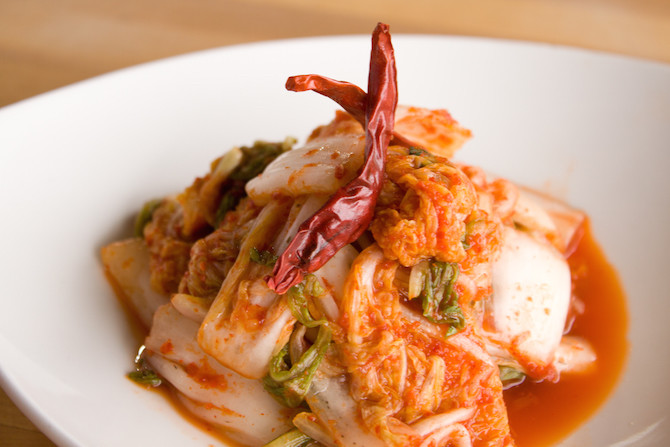
Photo courtesy of portlandfarmersmarket.wordpress.com
Okay, I’m not gonna lie, I love kimchi (but my best friend growing up was half Korean). It’s amazing, despite what people say about it being stinky (it’s fermented guys, get over it) and “spicy.”
But kimchi does not, I will repeat for emphasis, does not belong on tacos or in your fusion foods. It’s South Korea’s national dish, and it’s used as a side to meals like Korean BBQ and incorporated into a medley of different dishes. And that’s how it should be.
8. Tacos

Photo by Maddy Shannon
Okay, let’s be real. Tacos from Moe’s, Qdoba, Chipotle, and other American chain “Mexican” restaurants do not count as real tacos (especially if you get some from Taco Bell). They’re Tex-Mex, not Mexican food. The best tacos use fresh ingredients and aren’t limited solely to the options given to us by Tex-Mex. They certainly taste better, and the American version of queso is not even a thing.
9. Kabob
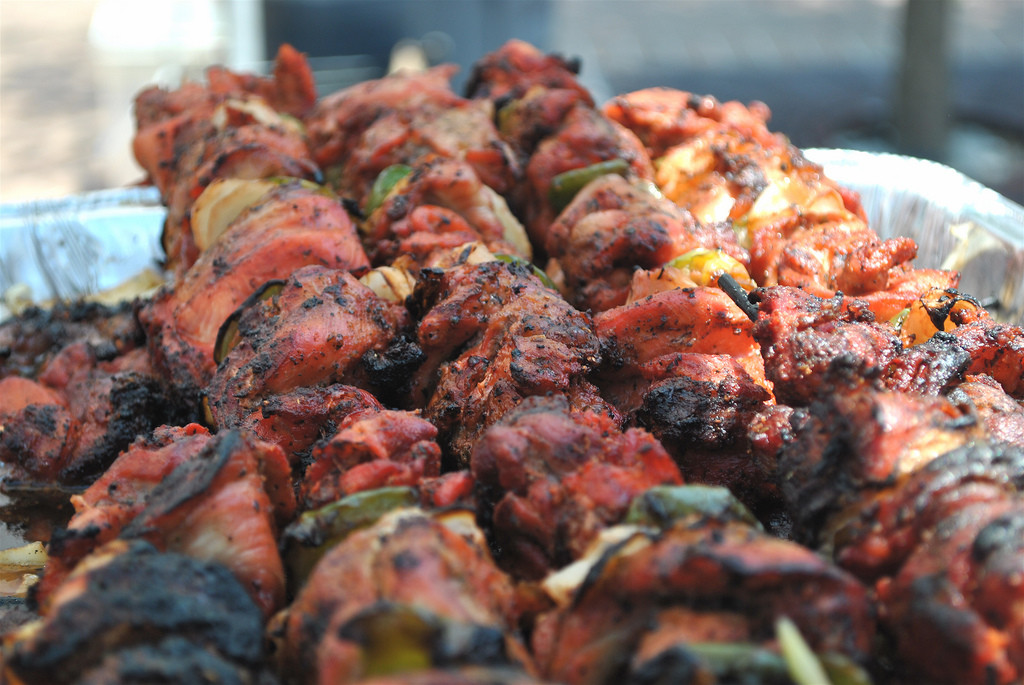
Photo courtesy of cookbookman17 on flickr.com
Let me just say this: dessert kabobs are not a thing. It’s not even “kabob,” actually. It’s kebab, which in Farsi means “charred.” Kebab is charred meat and vegetables. Therefore, skewers of strawberries and marshmallows are just skewers of sweet things. They’re not kebab.
So please, stop “reinventing” kebabs. They’re supposed to be skewers of meat and vegetables you grill or char via fire — not fruits and sweets that you pour chocolate over.
10. Matcha
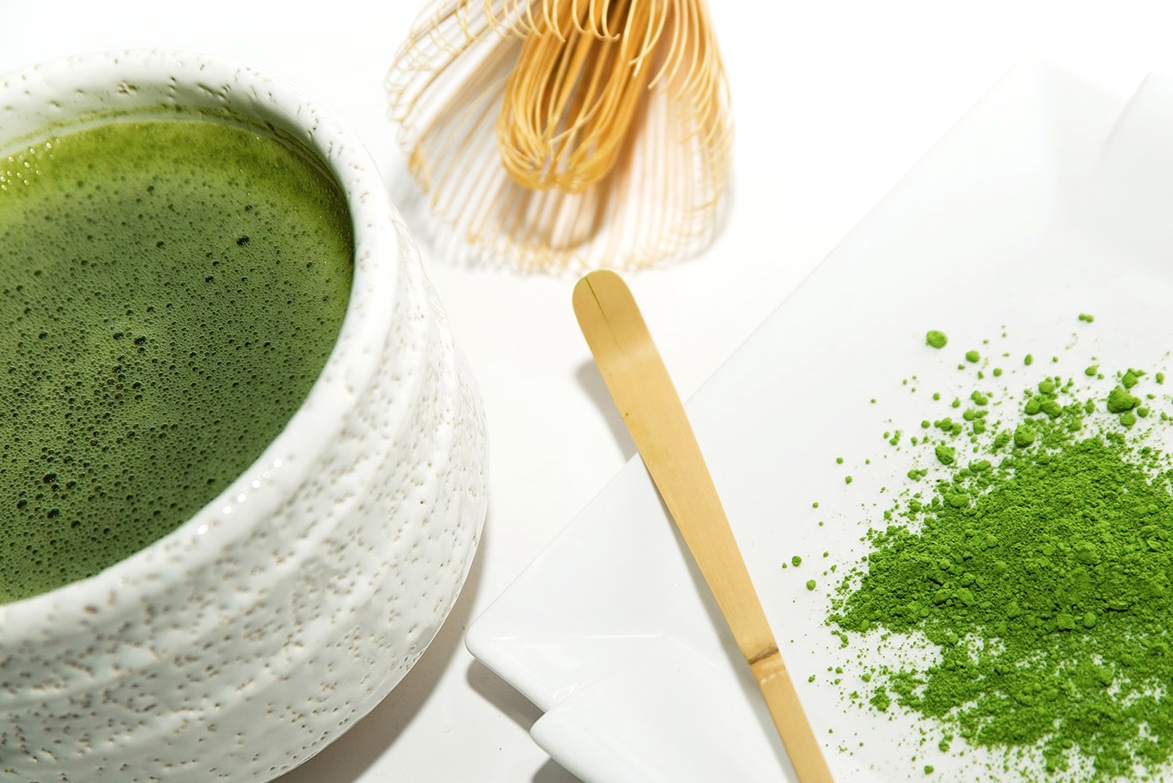
Photo courtesy of livecuriouslymag.com
Okay, I love matcha, but I love tea, and I’m actually borderline obsessed with it (I have an entire cabinet of loose leaf tea). But matcha has a history and, as much as I love it in a latte, it shouldn’t have become so commercialized; the quality of matcha goes down the more demand there is for it.
Matcha is a powder made up of crushed green tea leaves and was typically used in tea ceremonies in Japan. There are different quality levels of matcha, but you’ll usually find kitchen or cafe grade matcha for sale, which is really low quality matcha to meet the demand.
11. Phở

Photo by Scott Harrington
I love phở, but the versions that keep popping up in phở restaurants that aren’t beef are not phở. Phở is traditionally beef-based (it has to start with marrow bones) and doesn’t have seafood or chicken variations.
These days, phở has blown up, you can’t walk more than a few blocks in DC without running into a restaurant with this dish — trust me, I’ve tried. And while the availability is great, I don’t think that sacrificing quality for sales is worth it.
12. Wasabi
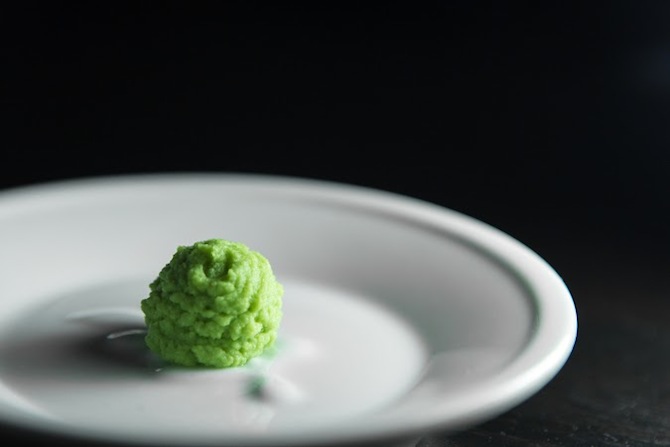
Photo courtesy of Sol Lee
I’ll admit I understand the attraction of wasabi peas and stuff. That’s good. But the demand for wasabi is unreal. Especially with our sushi obsession in the USA. Often referred to as “Japanese horseradish” and served in paste form, everything you know about wasabi is wrong.
Real wasabi is grated, not created as a paste. Since the supply of real wasabi is so low, American manufacturers usually use horseradish or mustard as substitutes to make whatever they’re selling taste like wasabi (seriously, check it out).
13. Ramen
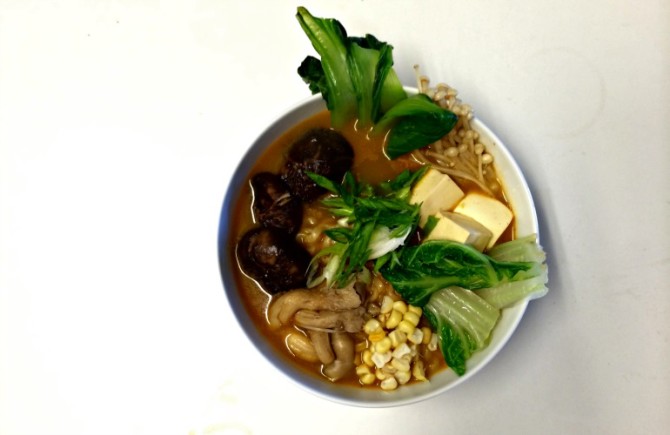
Photo by Andrew Seah
First: ramen is a Japanese version of lamain, which is a Chinese noodle soup (which is incredibly delicious, by the way). Ramen is incredibly popular here because it is so cheap; it’s the food of broke college students. Ramen is supposed be made from scratch and delicious. It’s made in miso or fish-based broth and has an amazing variety of toppings that can be used in it.
Recently, Oberlin College took a stand against cultural appropriation. Although all of us here at Spoon might not agree with their stance — after all bad sushi is not cultural appropriation — I certainly appreciate it, you can’t call a dish something it’s not.


